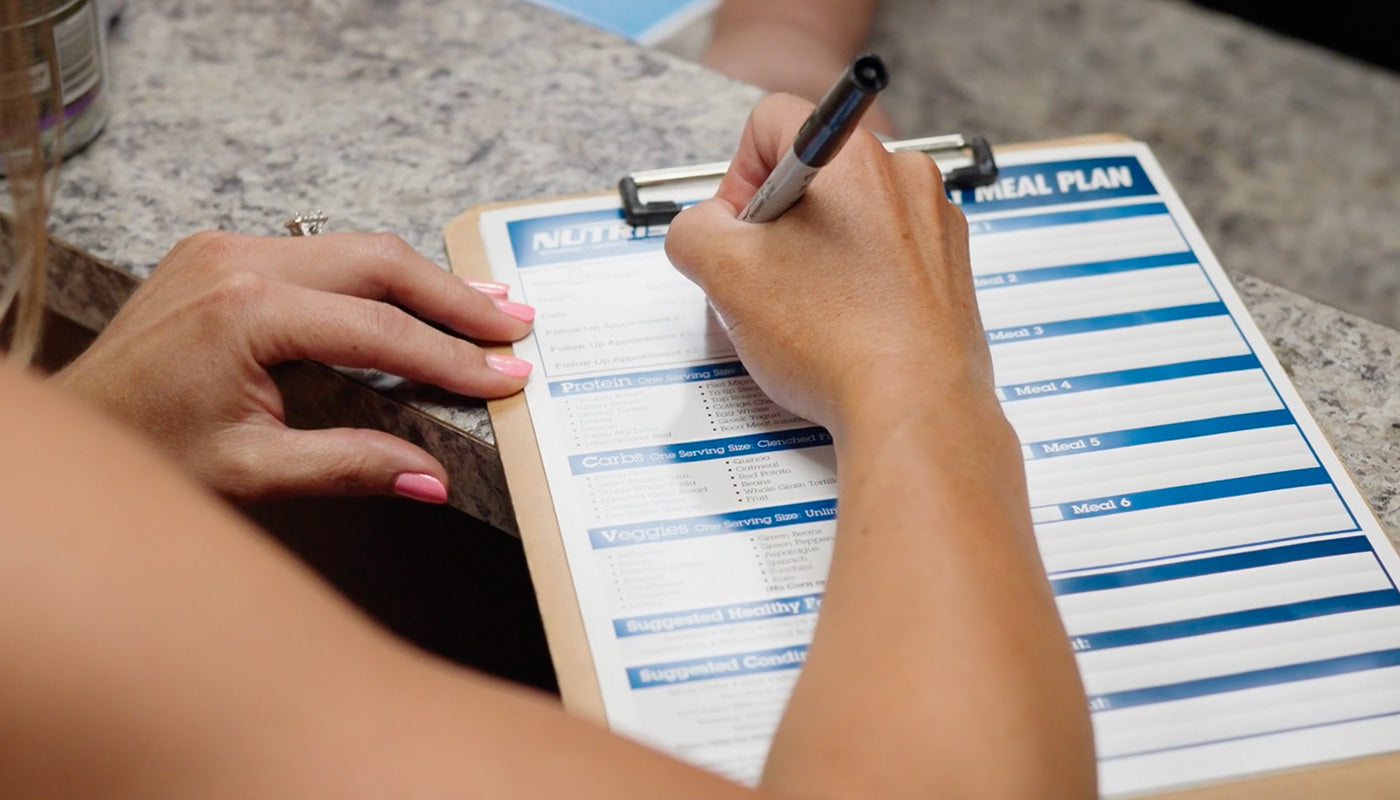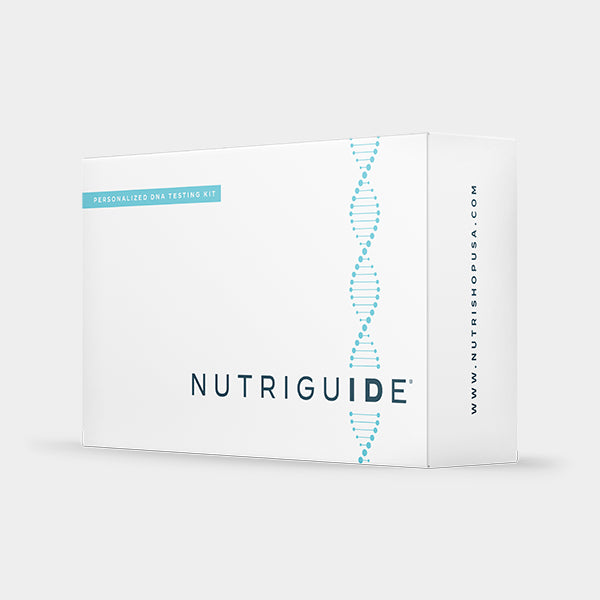Hey, ladies! Hitting 50 and dealing with all the joys of perimenopause or menopause, like fatigue, bloating, weight gain, brain fog, and ... all the things? You're not alone. Here's the good news: it's never too late to take charge of your health and get back into the gym. We know it might feel overwhelming, but with the right approach, it's entirely possible to rebuild your strength and energy, not to mention the confidence boost you'll get!
In this article, we share practical tips to help you ease back into a fitness routine and feel great again—plus, we share a weight-training workout plan that's perfect for getting back in the gym and reclaiming your power!
Tips for Getting Back into the Gym
- Start Slowly: Your body needs time to adapt. It doesn't matter if you were a track star in high school or a bikini model in your 20s. Avoid comparing yourself to your younger self or past fitness levels. Focus on progress rather than perfection.
- Set Realistic Goals: Consistency is the name of the game. Try to aim for consistency, not intensity, especially in the beginning. Even if you hit the gym three days per week, it's still a great start.
- Focus on Form: Proper form is vital for injury prevention, especially if you haven't worked out for a while. Consider working with a trainer for a session or two to ensure you're performing exercises correctly.
- Include Strength Training: Weight training is particularly beneficial during perimenopause and menopause, as it helps combat muscle loss, boosts metabolism, and supports bone density.
- Balance Hormonal Changes: High-intensity workouts might feel more taxing than before. Incorporate a mix of strength training, moderate cardio, hormonal support supplements, and yoga or stretching to support recovery and reduce stress.
- Prioritize Recovery: Sleep, hydration, and nutrition are key. Your muscles repair and grow during rest, so give your body what it needs.
- Fuel Wisely: Incorporate protein-rich meals and snacks to support muscle recovery and manage weight.
- Track Progress: Keep a journal or use an app to track workouts, strength gains, and how you feel. Progress might feel slower than in your 20s, but it will happen!
Sample Workout Plan
Try this 3-day, full-body strength plan to rebuild strength and stamina. Warm up for 5-10 minutes with light cardio and dynamic stretches before each workout.
Day 1: Lower Body & Core
- Squats (Bodyweight or Dumbbell): 3 sets of 10-12 reps
- Deadlifts (Dumbbell or Barbell): 3 sets of 8-10 reps
- Step-Ups (Weighted or Bodyweight): 3 sets of 12 reps (6 per leg)
- Glute Bridges: 3 sets of 15-20 reps
- Plank Hold: 3 sets, 20-30 seconds (work up to 60 seconds)
Day 2: Upper Body & Core
- Push-Ups (Knee or Full): 3 sets of 8-12 reps
- Bent-Over Rows (Dumbbell or Barbell): 3 sets of 10-12 reps
- Shoulder Press (Dumbbell): 3 sets of 8-10 reps
- Bicep Curls: 3 sets of 10-12 reps
- Side Plank: 2 sets per side, hold for 15-30 seconds
Day 3: Full Body Functional Strength
- Kettlebell Swings: 3 sets of 12-15 reps
- Walking Lunges (Weighted or Bodyweight): 3 sets of 12 reps per leg
- Pull-Throughs (Cable or Band): 3 sets of 10-12 reps
- Renegade Rows (Dumbbells): 3 sets of 8-10 reps per arm
- Russian Twists (Weighted or Bodyweight): 3 sets of 20 twists (10 per side)
Progression and Variety
- Start with lighter weights and increase gradually each week.
- Incorporate machines if you're regaining confidence with free weights.
- Add HIIT (high-intensity interval training) or a fun group class once a week to spice things up.
- Listen to your body and modify any exercise that feels too intense.
Final Thoughts
Getting back into a fitness routine is a journey, not a race. Celebrate small wins and milestones, like adding weight to your lifts or improving your form. With time, you'll regain strength, energy, confidence, and an incredible sense of accomplishment!






